FAQs | Repair Videos | Academy | Newsletter | Contact
Our Picks
Top content from across the community, hand-picked by us.
What's the Difference Between Neutral and Ground?
Son of Samurai posted a blog entry in Appliance Repair Tech Tips,
-
-
- 0 replies

Picked By
Samurai Appliance Repair Man,
EEPs: What they are and how to use them
Son of Samurai posted a blog entry in Appliance Repair Tech Tips,
-
-
- 5 replies

Picked By
Samurai Appliance Repair Man,Here's why YOU have been doing your voltage measurements all wrong...
Son of Samurai posted a blog entry in Appliance Repair Tech Tips,
-
-
- 0 replies

Picked By
Samurai Appliance Repair Man,
Quick Tips for Reading Unclear or Ambiguous Schematics
Son of Samurai posted a blog entry in Appliance Repair Tech Tips,
-
-
- 2 replies

Picked By
Samurai Appliance Repair Man,
Can Low Water Pressure Cause Solenoid Valves to Leak?
Son of Samurai posted a blog entry in Appliance Repair Tech Tips,
-
-
- 5 replies

Picked By
Samurai Appliance Repair Man,Would you Troubleshoot this Washer Motor Problem the Right Way?
Son of Samurai posted a blog entry in Appliance Repair Tech Tips,
-
-
- 2 replies

Picked By
Samurai Appliance Repair Man,Learn the Samurai's Secret Technique for Deciphering Timer Charts...
Son of Samurai posted a blog entry in Appliance Repair Tech Tips,
-
-
- 0 replies

Picked By
Samurai Appliance Repair Man,Pop Quiz: Can You Solve this Series Circuit Puzzle?
Son of Samurai posted a blog entry in Appliance Repair Tech Tips,
-
-
- 4 replies

Picked By
Samurai Appliance Repair Man,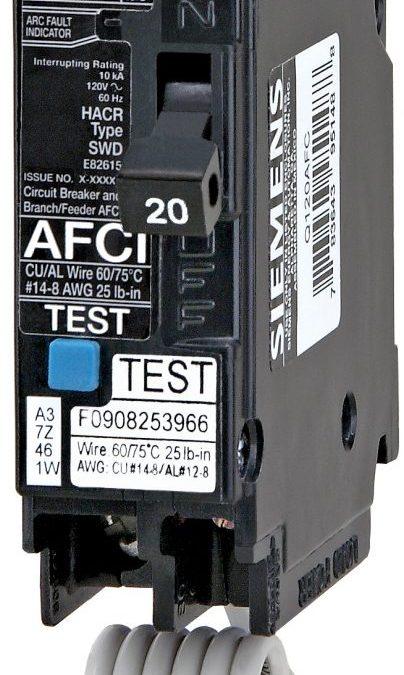
GFCIs, AFCIs, and Nuisance Tripping
Son of Samurai posted a blog entry in Appliance Repair Tech Tips,
-
-
- 2 replies

Picked By
Samurai Appliance Repair Man,Master Samurai Tech training testimonial
Wayne Moore posted a topic in Site Orientation,
-
- 8 replies

Picked By
Samurai Appliance Repair Man,Push to Start Switches in Dryers -- and Much More!
Son of Samurai posted a blog entry in Appliance Repair Tech Tips,
-
-
- 2 replies

Picked By
Samurai Appliance Repair Man,
What Does "Split-Phase" Really Mean in Motors?
Son of Samurai posted a blog entry in Appliance Repair Tech Tips,
-
-
- 1 reply

Picked By
Samurai Appliance Repair Man,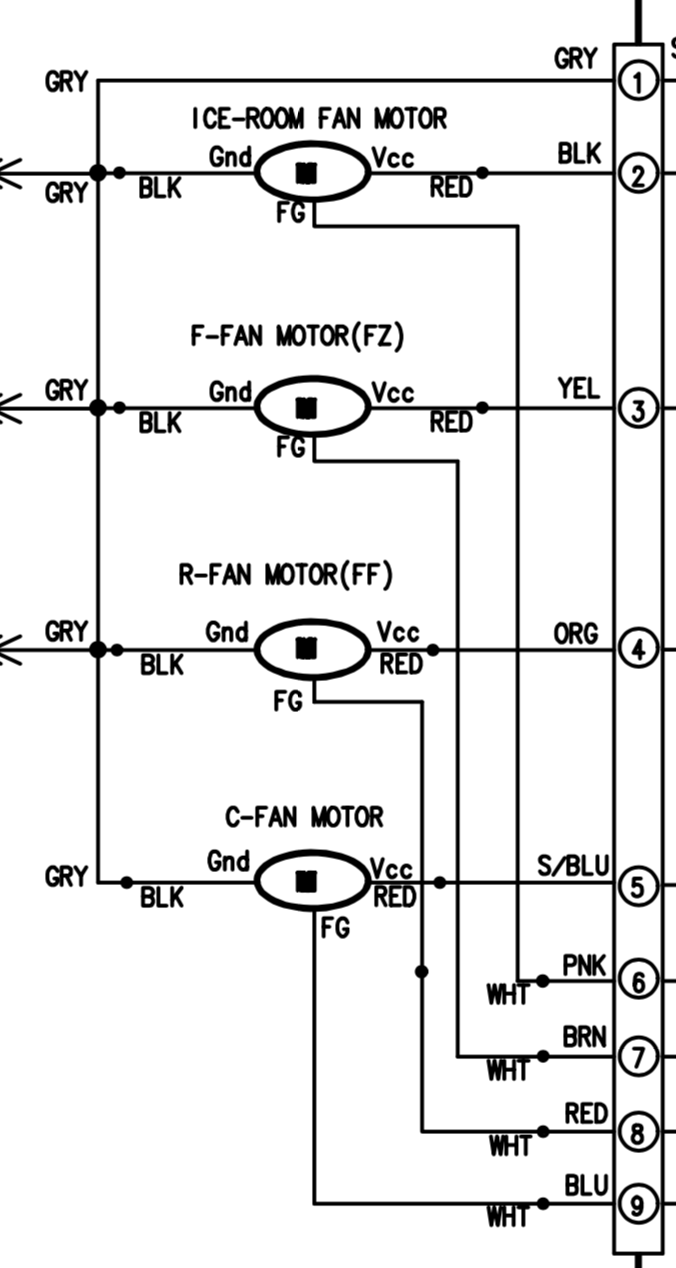
BLDC Motor Configurations, FG signals, and PWM signals
Son of Samurai posted a blog entry in Appliance Repair Tech Tips,
-
-
- 3 replies

Picked By
Samurai Appliance Repair Man,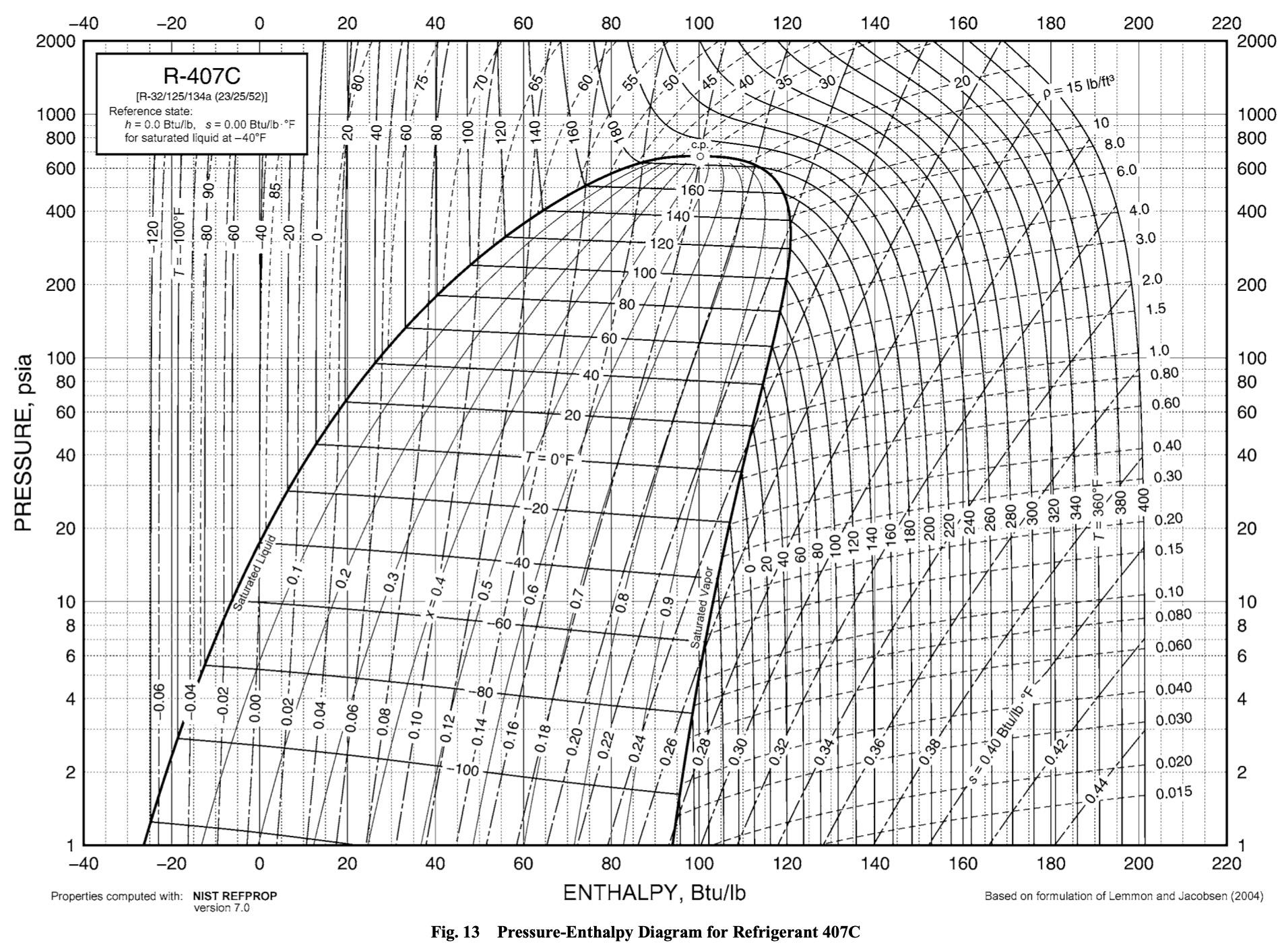
Bubble, Dew, and Glide in Refrigerants
Son of Samurai posted a blog entry in Appliance Repair Tech Tips,
-
-
- 1 reply

Picked By
Samurai Appliance Repair Man,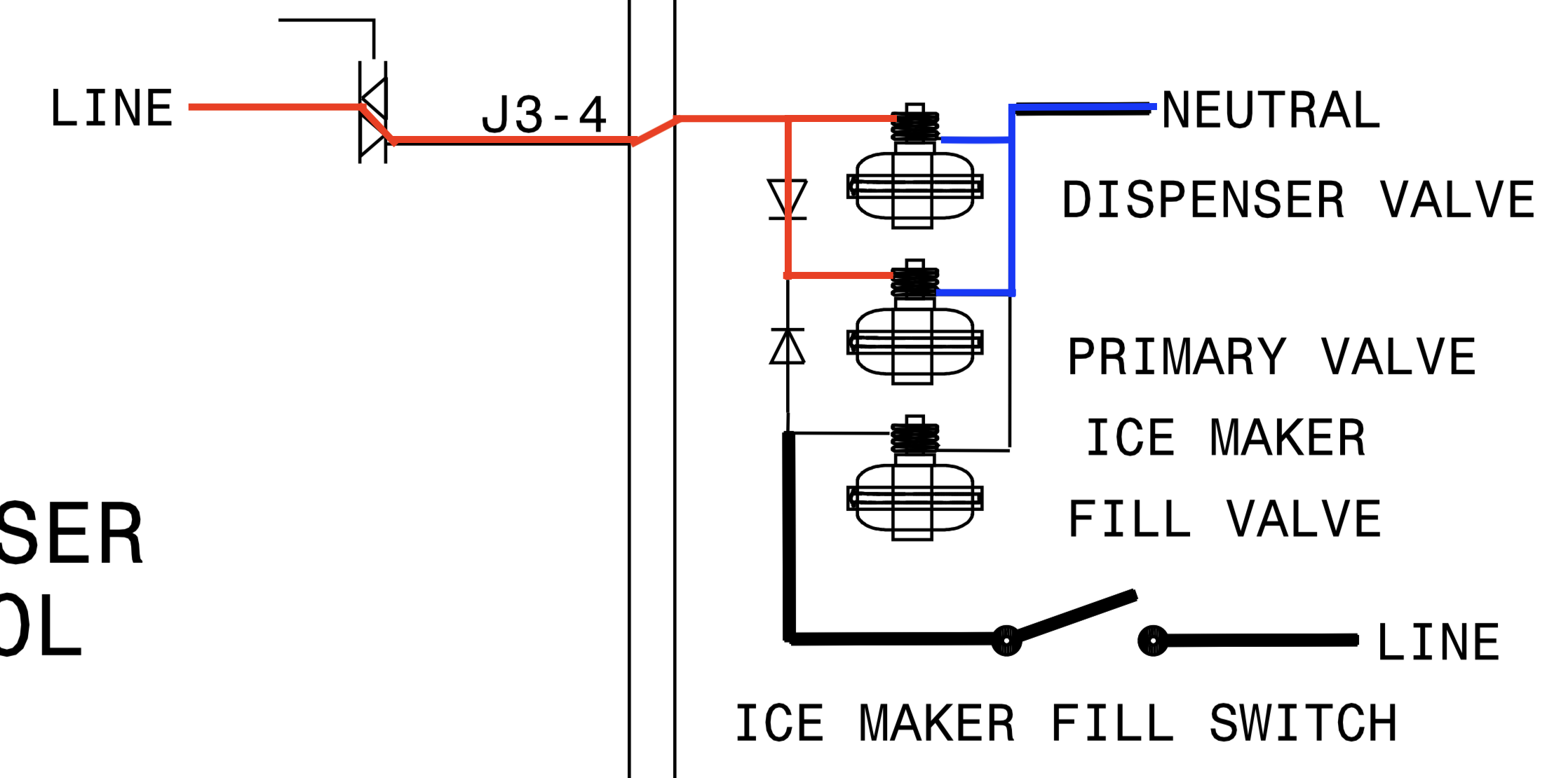
Diodes in AC Circuits
Son of Samurai posted a blog entry in Appliance Repair Tech Tips,
-
-
- 12 replies

Picked By
Samurai Appliance Repair Man,Troubleshooting Thermistors, Identifying EEPs, and More...
Son of Samurai posted a blog entry in Appliance Repair Tech Tips,
-
-
- 0 replies

Picked By
Samurai Appliance Repair Man,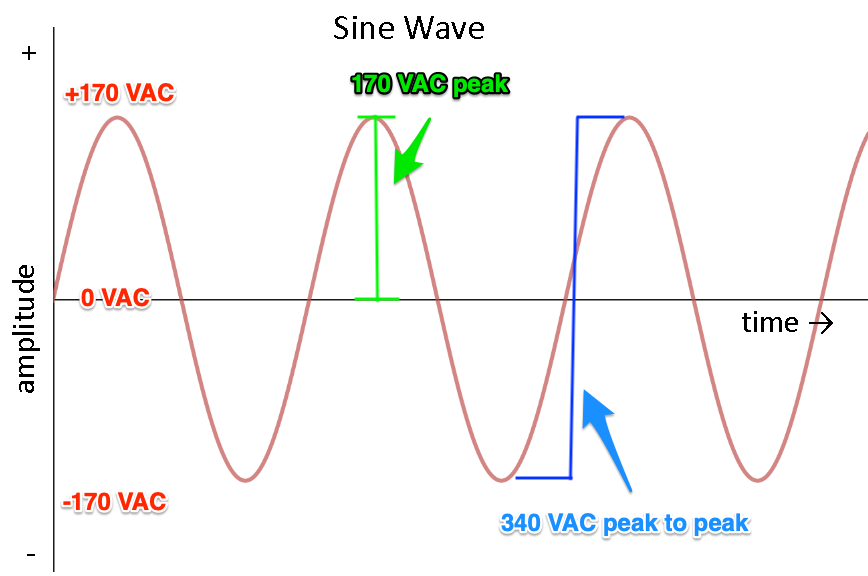
Is 120 VAC Really 120 Volts?
Son of Samurai posted a blog entry in Appliance Repair Tech Tips,
-
-
- 4 replies

Picked By
Samurai Appliance Repair Man,
Know your Multimeter: a Short Breakdown of Every Meter Function
Son of Samurai posted a blog entry in Appliance Repair Tech Tips,
-
-
- 5 replies

Picked By
Samurai Appliance Repair Man,
Spot the Error in this Schematic...
Son of Samurai posted a blog entry in Appliance Repair Tech Tips,
-
-
- 0 replies

Picked By
Samurai Appliance Repair Man,Educating Customers About Self Clean
Son of Samurai posted a blog entry in Appliance Repair Tech Tips,
-
-
- 11 replies

Picked By
Samurai Appliance Repair Man,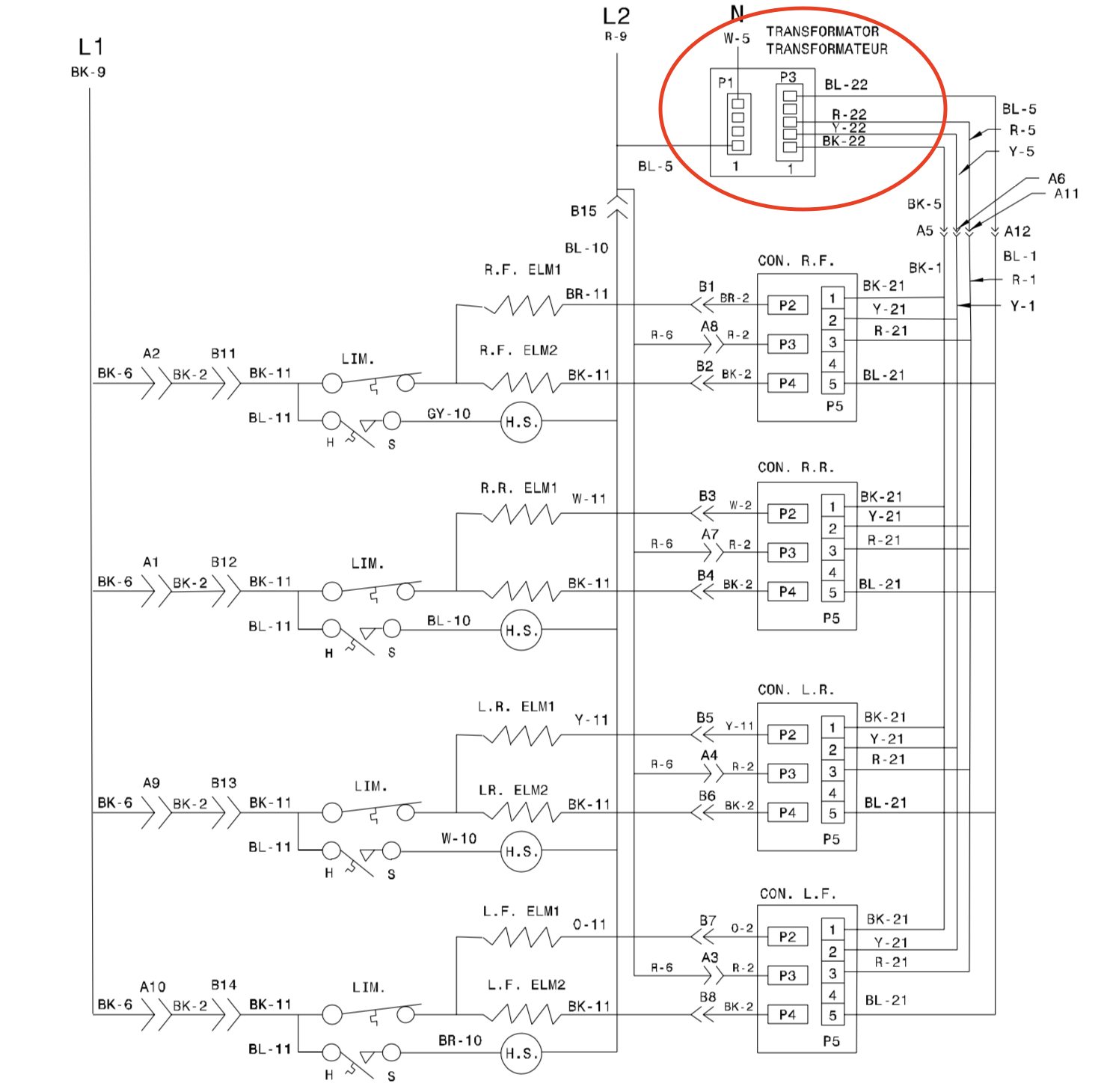
How to Identify Unfamiliar Parts in Schematics
Son of Samurai posted a blog entry in Appliance Repair Tech Tips,
I don't know about you, but "tranformator" isn't a familiar term to me. it certainly sounds like a transformer, but why would a transformer be necessary in a 240 VAC cooktop element circuit?
-
-
- 6 replies

Picked By
Samurai Appliance Repair Man,What You Need to Know to Repair Internet-Connected Appliances
Son of Samurai posted a blog entry in Appliance Repair Tech Tips,
-
-
- 0 replies

Picked By
Samurai Appliance Repair Man,PSC Motors and How to Properly Test a Capacitor
Son of Samurai posted a blog entry in Appliance Repair Tech Tips,
-
-
- 4 replies

Picked By
Samurai Appliance Repair Man,Follow These Two Rules for Successful Part Replacement...
Son of Samurai posted a blog entry in Appliance Repair Tech Tips,
-
-
- 1 reply

Picked By
Samurai Appliance Repair Man,
Identifying Sensing Wires in Schematics
Son of Samurai posted a blog entry in Appliance Repair Tech Tips,
-
-
- 0 replies



.png)
